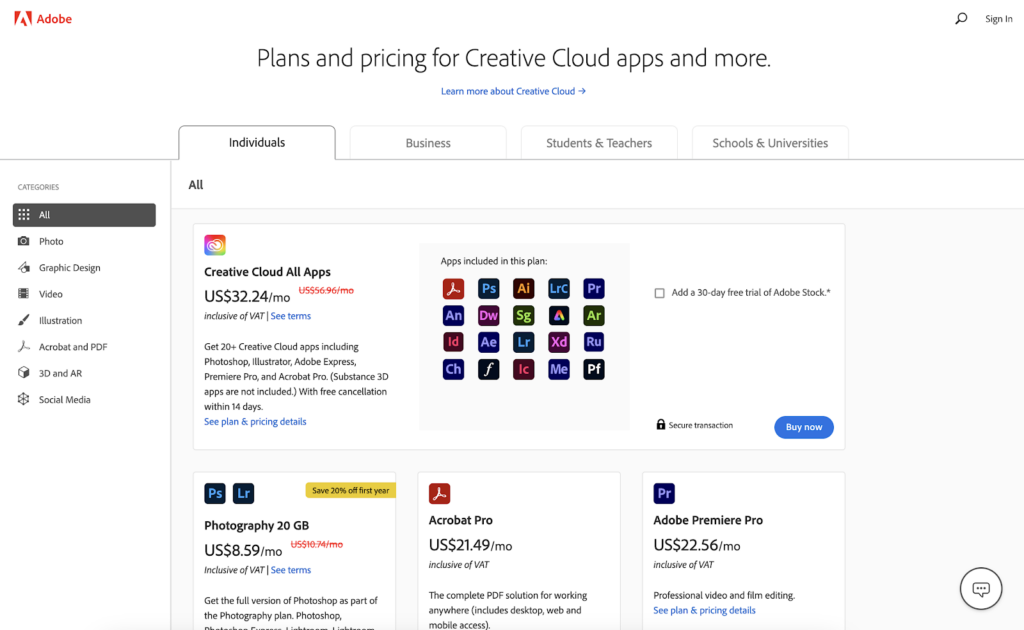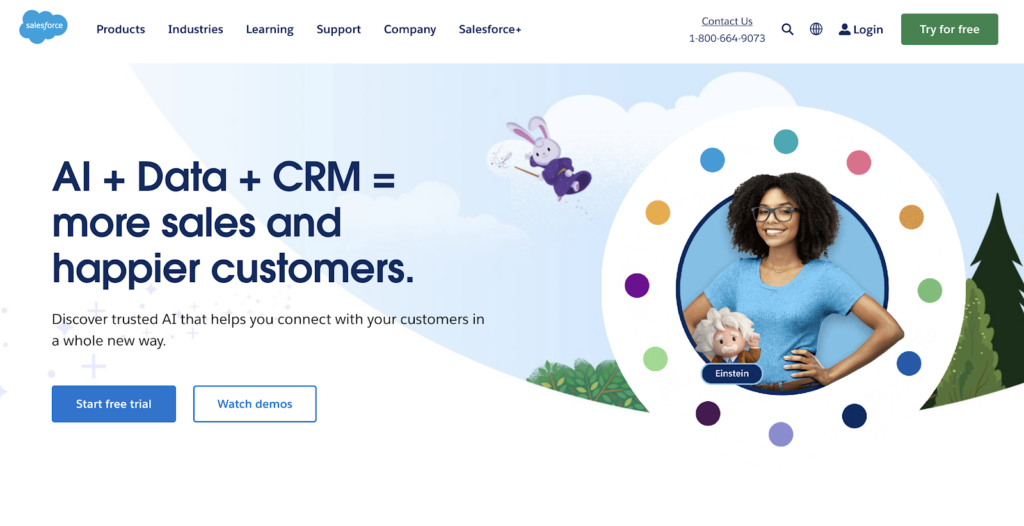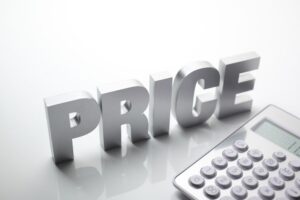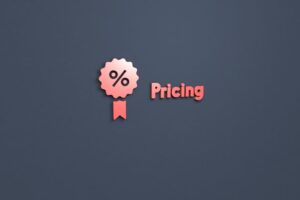Lower prices and freemium pricing appeal to customers. But oftentimes, the allure of prestige and exclusivity can overshadow the desire for a bargain.
Certain brands have managed to redefine the role of pricing to influence customer perception of their products and services. From boosting brand image to enhancing the success of marketing campaigns, prestige pricing can prove an effective strategy across different industries.
So, what exactly is prestige pricing, what are its pros and cons, and how can businesses stand out to command premium pricing in a market saturated with options?
What is Prestige Pricing?
Prestige pricing is a pricing strategy used by businesses to suggest that their products or services have superior quality and exclusive status. It involves intentionally setting prices higher than the market average to create a perception of luxury among customers.
This pricing model leverages consumers’ psychology of associating quality, enhanced value, and higher status with higher prices. Businesses that are able to pull off this pricing strategy differentiate themselves from competitors and position themselves for a specific group of customers.
However, prestige pricing is much more than setting high prices. The premium price tag is justified by a feeling of rarity that comes from unique experiences and exceptional craftsmanship. Hence, it’s commonly associated with luxury brands, high-end services, exclusive experiences, unique qualities, exceptional features, and fine establishments.

Pros and Cons of Prestige Pricing
Implementing a prestige pricing strategy comes with several notable benefits as well as downsides for businesses. This section takes a look at the pros and cons of prestige pricing.
| Pros of Prestige Pricing | Cons of Prestige Pricing |
|---|---|
| Increases the perceived value and quality of products and services to customers. | You may lose customers who are either not willing or able to pay the charges for your products and services. |
| Fosters a sense of exclusivity among customer in that it targets a specific segment of discerning customers, creating a community of loyal customers who appreciate the prestige associated with the brand. | It can lead to a loss of trust and a negative brand reputation when it isn’t done rightly. |
| May limit your products or services to only a segment of customers, but it will also increase your profitability and revenue. | It can affect demands negatively, especially during economic fluctuations. At these times, customers reduce their spending and may not be willing to pay premium pricing, affecting demands. |
| With the premium brand images garnered from practicing prestige pricing, you can set your brand apart from competitors and model a distinct market for yourself such that customers will aspire to own your products. | Prestige pricing can cause increased competition as more brands attempt to share in the lucrative exclusive market. This may lead to increased pressure to innovate. |
Prestige Pricing Examples
Prestige pricing strategies have been utilized by luxury brands for many decades. Below are some notable examples of brands taking full advantage of the pricing model and how it has contributed to the growth and positioning of these brands:
Software as a service (SaaS) Products
While SaaS products are popular for their subscription-based pricing, they also utilize prestige pricing for some of their premium offerings. Adobe Creative Cloud is a popular software brand that has always attached premium pricing to its creative tools like Photoshop, Illustrator, and Aftereffects.

Salesforce is also well well-known for dishing out SaaS products like its flagship CRM (customer relationship management) software. They utilize prestige pricing for some of their pricing packages like Salesforce Enterprise.

Other SaaS products that employ prestige pricing include HubSpot, Zendesk, Monday.com, and Slack. While Monday.com and Slack offer similar messaging products like WhatsApp, they distinguish themselves with prestige pricing and by offering unique services that positions them for official and work-related use cases.
MORE: Check our detailed breakdown of Monday.com pricing plans.
Luxury Fashion Brands
Luxury fashion brands like Louis Vuitton, Nike, and Rolex have long embraced prestige pricing models. These brands command high rates by advertising their products as symbols of luxury, craftsmanship, and exclusivity.
They use high-quality materials sourced with extreme care and manufacture products with meticulous attention to detail. The limited production runs also contribute to their product’s perceived value and desirability.
As a result, these brands have established themselves as sought-after luxury labels, attracting discerning customers who are willing to pay a premium for their offerings.
High-end Technology Products
The technology industry is not left out of prestige pricing strategies. Companies like Apple, Tesla, and Mercedes-Benz have successfully implemented the concept to position themselves as pioneers of innovation and superior design.
For example, Apple iPhones consistently command premium pricing compared to their competitors. The brand’s focus on user experience, cutting-edge features, and a sleek design aesthetic has cultivated a loyal customer base that associates the higher price tag with superior quality and status.
Similarly, Tesla’s electric vehicles, with their state-of-the-art technology, luxurious interiors, and environmental consciousness, have effectively employed prestige pricing to cater to a niche market segment that values sustainability and performance.
Exclusive Services and Experiences
Prestige pricing also extends to services and experiences. Emirates Airlines are renowned for its luxurious first-class and business-class offerings. Their exclusive services attract premium pricing with the promise of comfort, sophistication, and personalized attention.
Customers who pay the higher fares enjoy a unique flying experience with spacious seats, gourmet meals, and top-notch amenities.
Similarly, high-end hotels and resorts employ prestige pricing to position themselves as destinations of opulence and luxury, providing guests with exceptional service, breathtaking views, and unique experiences that justify the premium rates.
MORE: How Does Price Skimming Work?
How to Implement Prestige Pricing
A carefully thought and strategic approach is required to effectively implement prestige pricing. Here are key steps you should follow if you’re considering setting prestige pricing for your products or services:
1. Research the Market and Analyze Competitors
While businesses, irrespective of the pricing model, have to conduct market research, the research for prestige pricing must be tailored carefully to the purpose. Conduct extensive research on market dynamics, customer expectations, and competition.
By looking into the pricing strategies utilized by competitors and the production costs of using high-end raw materials, you can compare them to the value they offer and evaluate how to position your own product or service.
It also makes it possible to identify opportunities to differentiate your brand and provide adequate value that attracts premium pricing.
2. Identify your Target Customers and Market Segments
After your research, you should be able to identify your target customers and market segments to align with your exclusive status. Run demographic and psychographic analysis to understand purchasing behaviors, motivations, preferences, etc.
3. Develop Pricing Strategies and Tactics
There are a couple of pricing tactics and strategies you may employ, depending on your target market. For example, you can use psychological pricing strategy like tiered pricing which offers different levels at varying prices.
You could also produce limited edition products to tell customers the product is rare and highly valued. Another technique you could utilize is bundling — packaging prestige-priced products together in a bundle — which helps customers justify the higher price.
4. Communicate your Value Proposition Carefully
Communicating your unique values is essential to position your brand as superior quality. You can achieve this by emphasizing the unique features and exceptional experience customers can expect by choosing your brand.
Use marketing and branding strategies that highlight exclusivity, craftsmanship, and the lifestyle associated with your offerings. Partnering with industry influencers and professional marketing agencies can help to connect easily with your target customers.
5. Monitor the Impacts and Adjust Properly
After you’ve rolled out your products with prestige pricing, it’s important to continuously monitor the market and customer feedback. Pay attention to your competition and make adjustments when necessary.
MORE: Is bundle pricing the right strategy for your company?
Key Takeaways
Numerous businesses use the prestige pricing strategy, from luxury fashion brands and technology products to companies that provide exclusive experiences. However, it requires careful consideration, market research, and effective execution.
By understanding the principles and strategies behind prestige pricing, businesses can harness its power to differentiate themselves, command premium pricing, and create a lasting impact in the marketplace.
As you embark on your pricing journey, remember to align your pricing strategy with your brand values, consistently deliver on the promised value, and stay attuned to the ever-changing market dynamics.
Check out SaaSGenuis’ pricing category to discover more software solutions, tips, and hacks that will help you implement your pricing strategy right, track your growth, and improve overall business performance.










